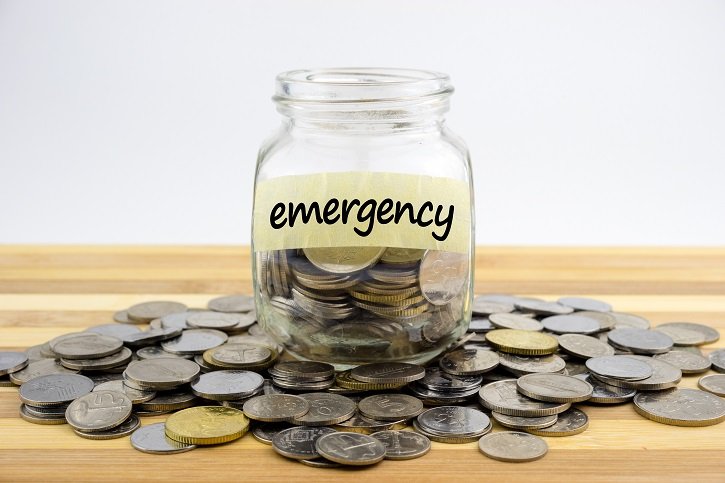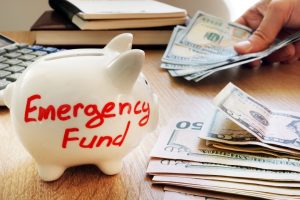Emergency savings serve as a financial cushion that protects individuals and families during unexpected situations. Life is unpredictable, and sudden expenses such as medical emergencies, car repairs, job loss, or home maintenance can arise without warning. Having a dedicated emergency fund ensures that you have the financial resources to address these situations without derailing your overall financial stability. Building and maintaining an emergency savings fund is an essential component of financial planning and can provide peace of mind in uncertain times.
Why Emergency Savings Are Important
Emergency savings act as a buffer against financial hardships. Without such a fund, individuals may resort to high-interest credit cards, loans, or even withdrawing from retirement accounts to cover unexpected costs. These options can lead to long-term financial strain, making it harder to recover. An emergency fund helps you manage unplanned expenses while keeping your financial goals on track. It also provides a sense of security, knowing you have resources to handle unexpected challenges.
How Much Should You Save?
The recommended amount for an emergency fund varies depending on individual circumstances, but a common guideline is to save three to six months’ worth of living expenses. This amount should cover essentials such as housing, utilities, groceries, transportation, and healthcare. For those with more variable income or higher financial responsibilities, such as self-employed individuals or single-income households, saving closer to six to twelve months’ worth of expenses may be advisable.
Starting Your Emergency Fund
Building an emergency fund can feel overwhelming, but it’s important to start small and stay consistent. Begin by setting a realistic savings goal based on your current income and expenses. Even saving a small amount each month can make a difference over time. Automating your savings by setting up direct transfers to a separate account can help ensure that you prioritize your emergency fund.
Choosing the Right Account for Emergency Savings
It’s crucial to store your emergency savings in a safe and accessible account. High-yield savings accounts are a popular choice because they offer interest on your balance while allowing easy access to funds when needed. Other options include money market accounts or short-term certificates of deposit (CDs), though CDs may have withdrawal restrictions. Avoid investing emergency funds in stocks or other volatile assets, as their value can fluctuate and may not be readily available when you need them.
Separating Emergency Savings from Other Funds
To prevent the temptation to dip into your emergency savings for non-urgent expenses, keep these funds separate from your regular checking or savings accounts. Opening a dedicated account solely for emergencies can help you stay disciplined and ensure that the money is only used for its intended purpose. Labeling the account as “Emergency Fund” can also serve as a psychological reminder of its purpose.
Replenishing Your Emergency Fund
If you need to use your emergency savings, it’s important to prioritize replenishing the fund as soon as possible. Once the immediate situation is resolved, review your budget and allocate a portion of your income toward rebuilding the fund. Treating this as a financial priority can help you regain your safety net and prepare for future emergencies.
Avoiding Common Pitfalls
Building and maintaining an emergency fund requires discipline and careful planning. One common mistake is underestimating the amount needed for emergencies. Regularly reassess your savings to ensure that it aligns with changes in your lifestyle, income, or expenses. Another pitfall is using the emergency fund for non-essential purchases. It’s important to differentiate between wants and needs and only access the fund for true emergencies.
Integrating Emergency Savings into Your Budget
Incorporating emergency savings into your budget is key to achieving your financial goals. Consider it a fixed expense, similar to paying rent or utility bills. By allocating a specific portion of your income toward your emergency fund each month, you can build it steadily over time without feeling overwhelmed. Adjust your budget as needed to accommodate changes in your financial situation.
The Psychological Benefits of Emergency Savings
Beyond the financial advantages, having an emergency fund provides significant psychological benefits. It reduces stress and anxiety associated with unexpected expenses, allowing you to approach challenges with a clear and focused mindset. Knowing that you have a financial safety net in place can improve your overall sense of security and well-being.
Using Emergency Savings Responsibly
When faced with an unexpected expense, carefully evaluate whether it qualifies as a true emergency before dipping into your fund. Emergencies typically involve urgent, unavoidable, and essential costs. Non-urgent expenses, such as vacations or discretionary purchases, should not be covered by your emergency savings. Being mindful about how you use these funds ensures that they remain available for critical situations.
Emergency Savings and Financial Resilience
An emergency fund is a cornerstone of financial resilience, helping individuals weather life’s uncertainties without compromising their financial goals. It works hand in hand with other aspects of financial planning, such as budgeting, investing, and debt management, to create a comprehensive strategy for long-term stability. By prioritizing emergency savings, you can build a strong foundation for financial success and protect yourself from unexpected setbacks.
Conclusion: Securing Your Financial Future
Emergency savings are an essential tool for navigating life’s uncertainties with confidence and stability. By setting aside funds specifically for unexpected expenses, you can protect yourself from financial stress and maintain control over your financial future. Start by setting realistic goals, choosing the right account, and consistently contributing to your fund. With discipline and commitment, you can build a robust emergency savings fund that provides peace of mind and ensures you’re prepared for whatever challenges come your way.



